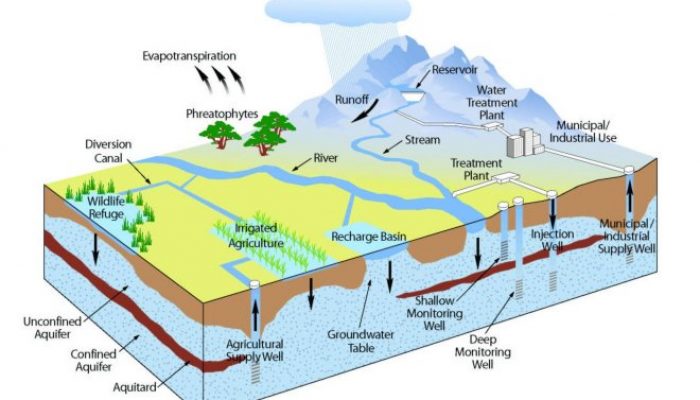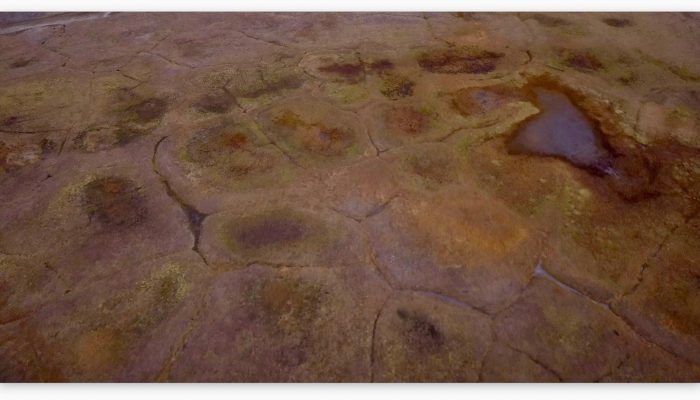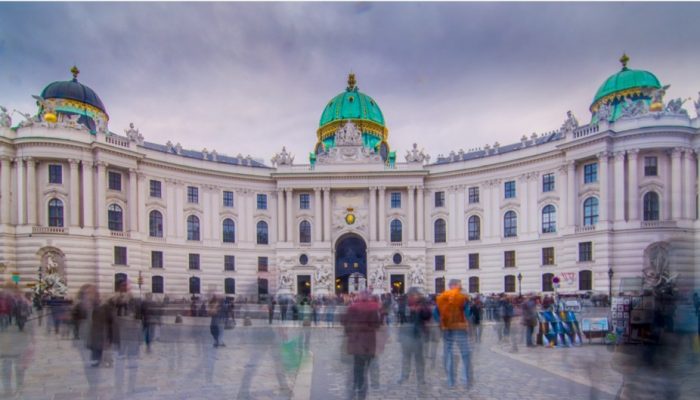Congratulations again to Sara Bruni for receiving the Geodesy Division Outstanding Early Career Scientist Award 2018! A summary of her research on new findings in the gravity field time series from Medicina is posted below. Maybe you know an Early Career Scientist who does as outstanding work as Sara Bruni does? Nomination is the first crucial step in order to receive an award, don’t let this oppo ...[Read More]
Tectonics and Structural Geology
Mind Your Head #1: Let’s talk about mental health in academia
Mind Your Head is a blog series dedicated towards addressing mental health in the academic environment and highlighting solutions relieving stress in daily academic life. Research has shown that almost 50% of people working in academia suffer from mental health issues (e.g. Winefield et al. 2003; The Graduate Assembly at the University of California Berkeley 2015; Levecque et al. 2017). Factors li ...[Read More]
Stratigraphy, Sedimentology and Palaeontology
EGU’s lost strata… what happens to conference carpets?
Being a stratigrapher or not, there’s one stratum you have all trod upon if you ever went to the General Assembly (GA), without probably noticing it. The uppermost unit of EGU’s GA floor, a ca. 5 mm thick layer with a soft rubbery texture and peculiar light-grey colour, outcropping over the whole poster halls: Carpet! Yes, the focus of this post is the carpet draping the GA’s floor wit ...[Read More]
Geodesy
Gravity time series still reveal new insights
View of the Medicina observatory. The site hosts a superconducting gravimeter (SG) installed in a dedicated building next to a piezometer. Local height variations are monitored by means of two GPS stations, located at the end of the N-S segment of the “North Cross” radio telescope. The two GPS stations are about 30 m apart and are close to a VLBI antenna. ...[Read More]
Cryospheric Sciences
Image of the Week – Antarctica: A decade of dynamic change
Whilst we tend to think of the ice flow in Antarctica as a very slow and steady process, the wonders of satellites have shown over the last two decades it is one of the most dynamic places on Earth! This image of the week maps this dynamical change using all the satellite tools at a scientist’s disposal with novel statistical methods to work out why the change has recently been so rapid. Why do ...[Read More]
Geodynamics
Postcard from Tokyo: JpGU2018 conference
Konichiwa from Tokyo and JpGU2018! This week, 20-24 May, the Japanese Geoscience Union (JpGU) is holding its annual union meeting just outside of Tokyo, in Chiba (about 40 minutes by metro). I am fortunate enough to be on a research visit to the Earth-Life Science Institute (ELSI) at Tokyo Tech over on the other side of the city and so attending JpGU was a bonus. It is my first time in attendance ...[Read More]
Geochemistry, Mineralogy, Petrology & Volcanology
Fire, Fog, Frost, Famine – French Revolution? The Lakagígar eruption in Iceland, 1783-1784 [Part 2]
PART II: Were the Haze Hardships caused by Men? Famine Before the Lakagígar eruption, the population of Iceland was 48810 people; four years later, it was down to 38518. Disregarding about 1500 deaths which were caused by a smallpox epidemic, the eruption may still have killed about 1/6 of the population [5]. These deaths were not directly caused by the lava or by toxic gases. The main cause was h ...[Read More]
Natural Hazards
Natural Groundwater Quality: an underestimated and yet dangerous hazard.
Today I have the pleasure to interview Dr. Evangelos Tziritis, a brilliant scientist and a friend. He will talk to us about Natural groundwater quality hazard and its implications. This blog aim is to discuss Natural Hazards. Therefore, today we will focus on the natural component of water quality, disregarding anthropogenic sources. Evangelos is a Research Scientist at the Soil and Water Resourc ...[Read More]
Cryospheric Sciences
Image of the Week — Biscuits in the Permafrost
In Svalbard, the snow melts to reveal a mysterious honeycomb network of irregular shapes (fig. 1). These shapes may look as though they have been created by a rogue baker with an unusual set of biscuit cutters, but they are in fact distinctive permafrost landforms known as ice-wedge polygons, and they play an important role in the global climate. Ice-wedge polygons: Nature’s biscuit-cutter In wint ...[Read More]
Geodynamics
EGU 2018: Experience of a first time attendee
Your first time at the General Assembly can be a daunting experience. It’s not easy to navigate the scientific programme and let’s not even mention navigating the building! It becomes even more difficult if you do not know many people in your scientific community yet. Luckily, one of the easiest things to do at EGU is meeting new people. Jyotirmoy Paul, PhD student at the Indian Instit ...[Read More]


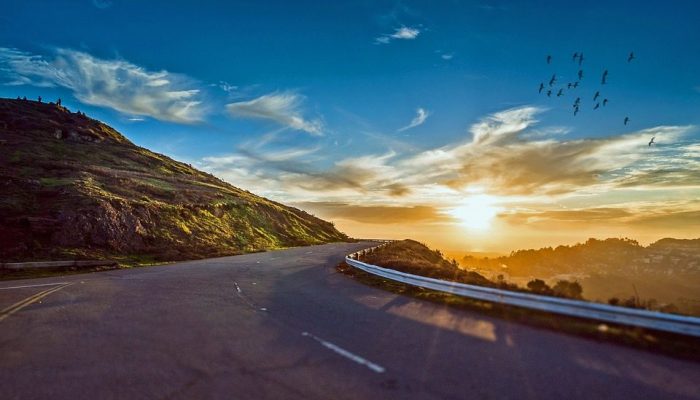
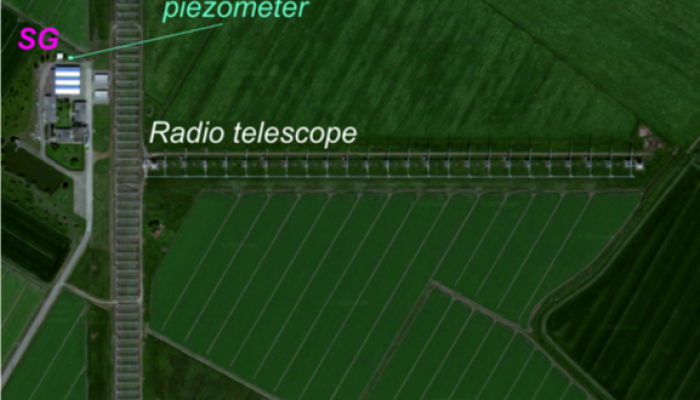
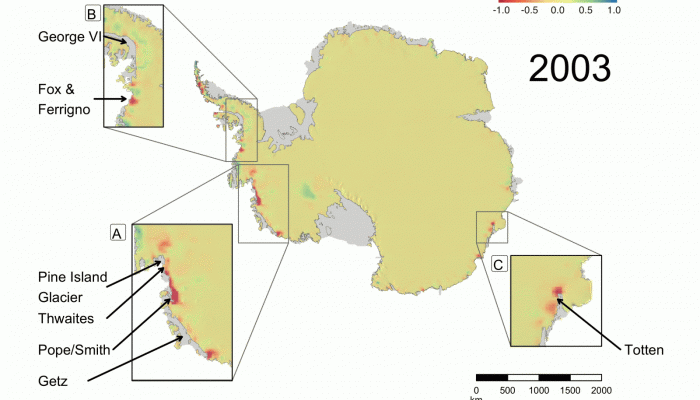
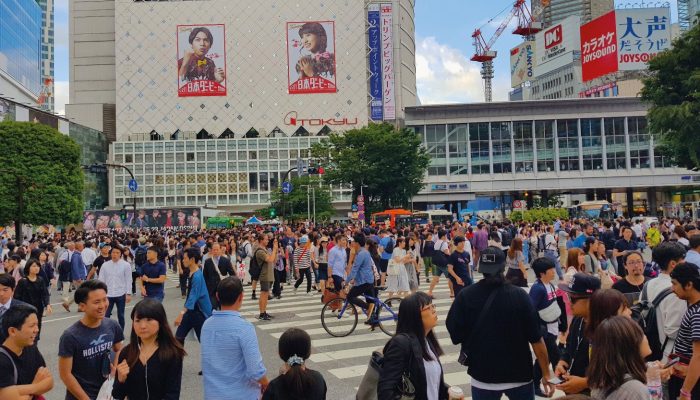
![Fire, Fog, Frost, Famine – French Revolution? The Lakagígar eruption in Iceland, 1783-1784 [Part 2]](https://blogs.egu.eu/divisions/gmpv/wp-content/blogs.dir/19/files/2018/05/banner1-2-700x400.jpg)
